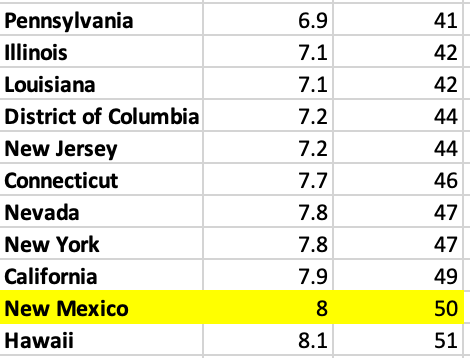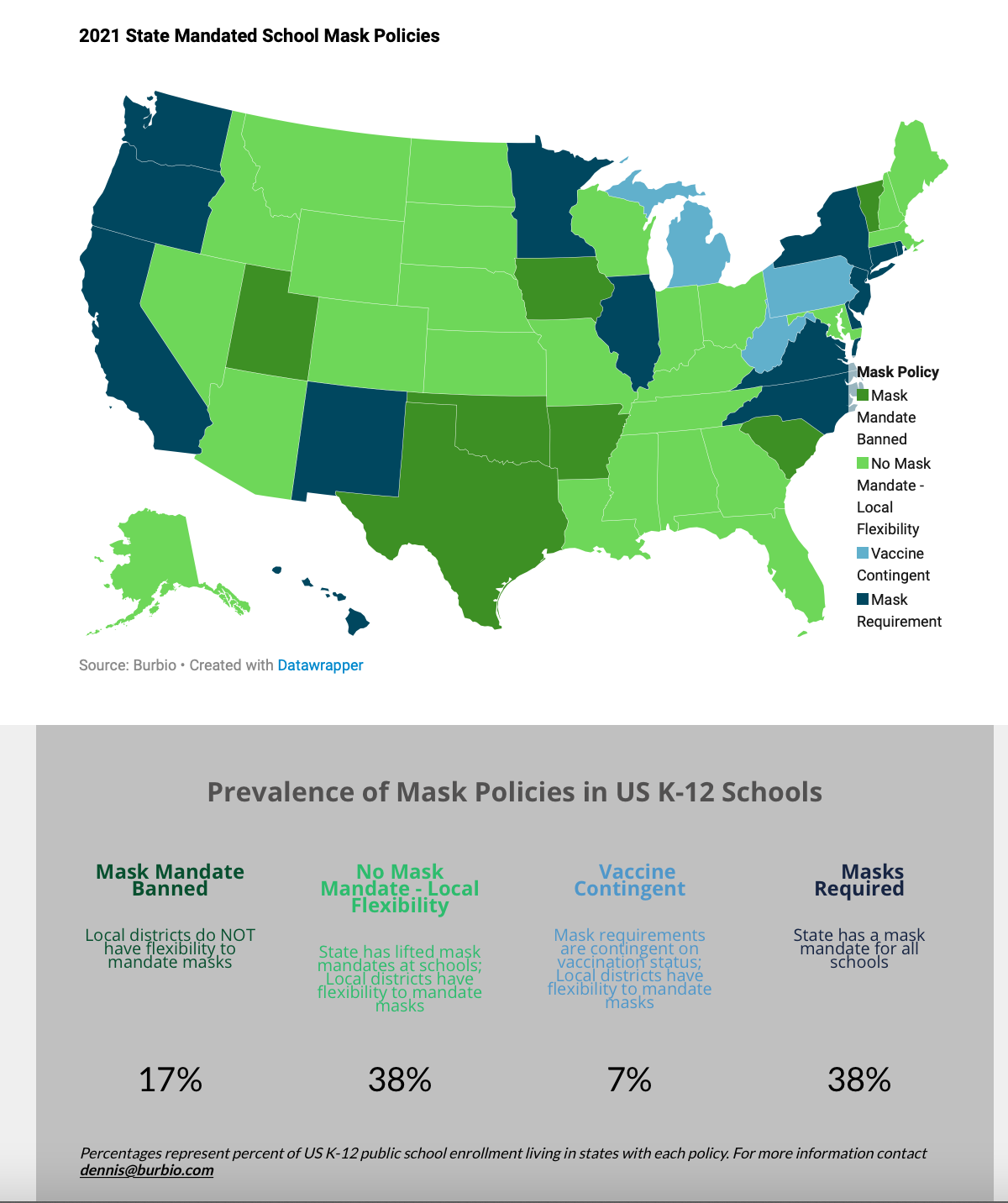A big week for NM’s heavily-subsidized film industry
06.25.2021
This was a “big” week for New Mexico’s heavily subsidized (money-losing, see image from LFC at bottom of post) film industry. The industry which already receives up to 35% of its costs for doing business saw the opening of the new (also heavily-subsidized studio) NBC/Universal studio.
The facility will receive $10.7 million in LEDA subsidies from state and local governments in addition to benefiting from State subsidies.
As if that weren’t enough, in Farmington the ribbon was cut on the refurbished Totah Theater. Previously privately owned, the historic facility was purchased by San Juan County and has received state grants in order to become a “place for productions, screenings and have dedicated office space for production companies to work out of.” The facility is eligible to receive New Mexico’s “most generous” film subsidy rate of 35%.
Naturally, Gov. Lujan Grisham crowed about the film industry having “its biggest year ever” Of course, if film were such a boon for our State it wouldn’t be raising red flags at the LFC over the cost of subsidies and perhaps New Mexico’s unemployment rate wouldn’t be 2nd-highest in the US.
Big news: despite the pandemic, New Mexico’s film and television industry had its biggest year EVER.
We’ve made New Mexico the place to be for film and TV – and we’re not done yet.https://t.co/DBDdY16xyd
— Michelle Lujan Grisham (@GovMLG) June 25, 2021





 The Albuquerque Journal’s John Trever, of course, had it right from the beginning in this 2020 cartoon.
The Albuquerque Journal’s John Trever, of course, had it right from the beginning in this 2020 cartoon. 



















